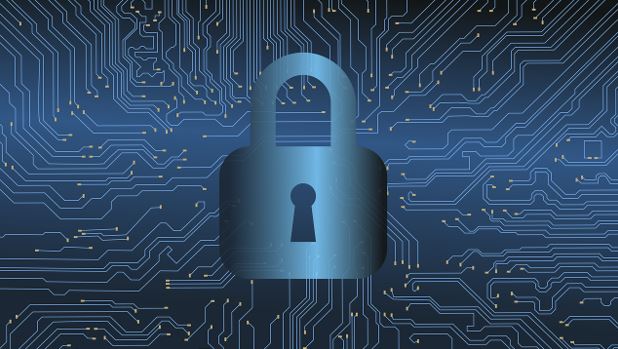
WiFi has made it too convenient for everyone to access the internet. While we sit in our homes, watching Netflix or browsing the web, few realize that many home WiFi networks are perfect targets for hackers. Without some precautions in place, it is very easy for a hacker to get inside your WiFi network and cause great damage.
Fortunately, there are a few very easy fixes to make the hacker’s job next to impossible.
There are two key safety concerns in securing your network. First, you need to determine who will potentially access your network. The other problem is the footprint of the signal. If others can pick up a signal from your router outside, they can gather data and collect all passwords
Here are a few tips for securing your home wireless network from hackers.
1. Update Username and Password
The first and most essential thing to do to ensure your home WiFi network is to secure your username and password.
WiFi operators often allocate a default network username and password, and these credentials can easily be found online by hackers. With this password, hackers can enter the network and change the default password. Without the new password, you no longer have access to your network. All the while, the hackers are stealing information and potentially launching other attacks impersonating as you.
By regularly modifying the username and password, it becomes more difficult for hackers to determine who’s WiFi it is and obtain access to the network. But be careful. Hackers have advanced software to test thousands of different usernames and password variations. Pick a password that is either long (up to 16 characters) or has a complex combination of characters, numbers, and symbols to make it harder to hack.
2. Improve WiFi Encryption
Encryption is one of the easiest ways to safeguard your network data. Encryption operates with scrambling the data or your message text so that the hackers cannot decode it.
WPA2 is the most secure form of encryption for your home WiFi network. If you have older devices up to 10 years old, WPA2 will not be compliant. The best alternative is to update your home devices for improved safety and performance.
Teltonika RUT950 is a 4G LTE router used for technical applications. It has a cost-effective, secure, and efficient cellular connectivity that is vital to its tasks.
What’s more, it offers WPA-2 authentication protocols.
3. Save your network by adding a VPN
VPNs are virtual private networks that provide users with secure network connections. VPNs allow the user to browse the internet anonymously as it is impossible to trace your IP address and location. And if a hacker is present on the computer, it seems non-sense, since all the data is encrypted.
VPNs use 256-bit encryption. There are no third-party ad trackers, hackers, or ISPs that you need to be concerned about saving your data. A VPN can also modify your IP address so that it seems to be from another place than your home address when you use your computer. It can be found on a tablet, phone, or smartphone in addition to a desktop.
4. Hide your Network
You don’t have to broadcast your SSID via your router. If your router is blocked from dispatching its ID, your home wireless network may become a secret network. Devices that already have saved connection data will connect, but transmitters will not see it. A “hidden network” line will appear in the network lists that others see in many cases. It is impossible to connect to the list without knowing the name of the network.
Unknown devices would not be able to connect to the network once you purchase a new device. However, the SSID transmission may be enabled momentarily to allow your new computer to display the network. Once you’ve developed a password link, hide the network again. It is better to hide the network to prevent users from entering the network. If you didn’t find your router in your network list, you would be less likely to ask for the password.
5. Have a good firewall
A “firewall” helps avoid destructive intrusions on computers. Wireless routers usually provide integrated firewalls, but often the firewall is switched off. Make sure that the firewall of the wireless router is on. If your router does not have a firewall, ensure you mount a firewall solution on your device to detect improper access to your wireless network.
6. Ensure that your Router Software is up to date
Router software should be up-to-date at all times to secure your home network. Out of date firmware may contain bugs that hackers can find and manipulate. Many routers do not automatically upgrade firmware, so you will need to check for updates and install them manually.
Conclusion
You can easily maintain all connected gadgets in your home by making small improvements to protect the router and set up a private VPN. Ask your Internet Service Provider to perform a WiFi vulnerability scan and consider implementing their recommendations. You may think you are over-protected, but as they say, an ounce of prevention is worth a pound of cure!
You may be interested in: “Cybersecurity for Your Business”

